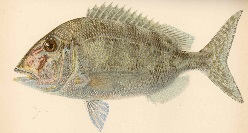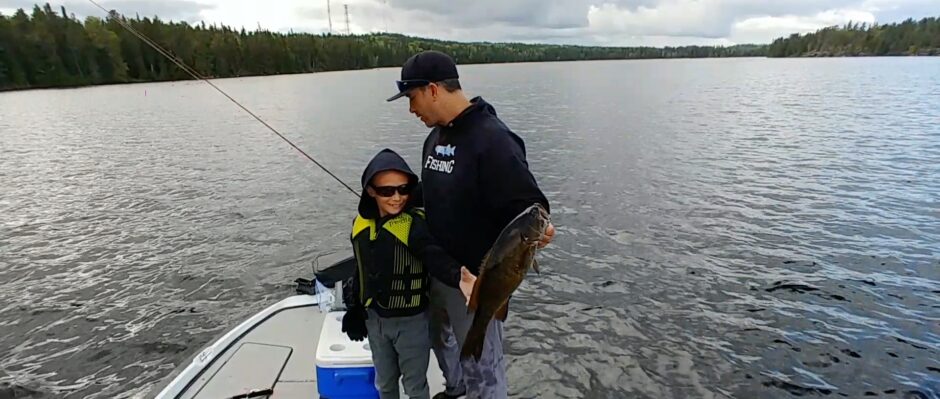Grass Porgy
Grass porgy are smaller fish that grow up to 10 inches long, but most that you catch are going to be smaller. These fish are usually found in and around the sea grass beds. They feed mainly on invertebrates.
Jolthead Porgy

Jolthead Porgy can grow up to 2 feet long and they are found in coastal water up to 150 feet. They are found from Rhode Island to Bermuda and from the northern Gulf of Mexico to Brazil. They feed mainly on invertebrates.
Knobbed Porgy
Knobbed porgy grow up to 21 inches and are found in coastal waters over hard bottoms. They range from from North Carolina to south Florida and they are located in the entire Gulf of Mexico. Knobbed porgy feed mainly on invertebrates.
Littlehead Porgy
The Littlehead Porgy grows up to 18 inches long and is found in coastal waters over hard bottoms. These fish feed mainly on invertebrates.
Pinfish

Pinfish are one of the most common baits that are used in the sunshine state. They are so easy to catch and so many different species of fish will eat them.
Red Porgy
Red porgy can grow quite larger than many of the other species of porgy. They grow up to 36 inches long. They are found in coastal waters over rocky and sandy bottoms. These fish feed mostly on other fish and invertebrates.
Spottail Pinfish

Spot Tail Pinfish look similar to pinfish with the exception of a big, black spot near their tail. They are caught offshore while bottom fishing. If you catch some of these fish, send them back down there as bait. They will work for many species of bottom fish.
There are more than 20 species of surf perch that are found along the inshore areas of the Pacific Coast from Alaska to San Diego. Surf perch are one of the most popular types of fish caught along the beach. You can find many perch in the surf ranging from 6 to 18 inches. Surf perch provide some excellent action, especially for younger anglers.

